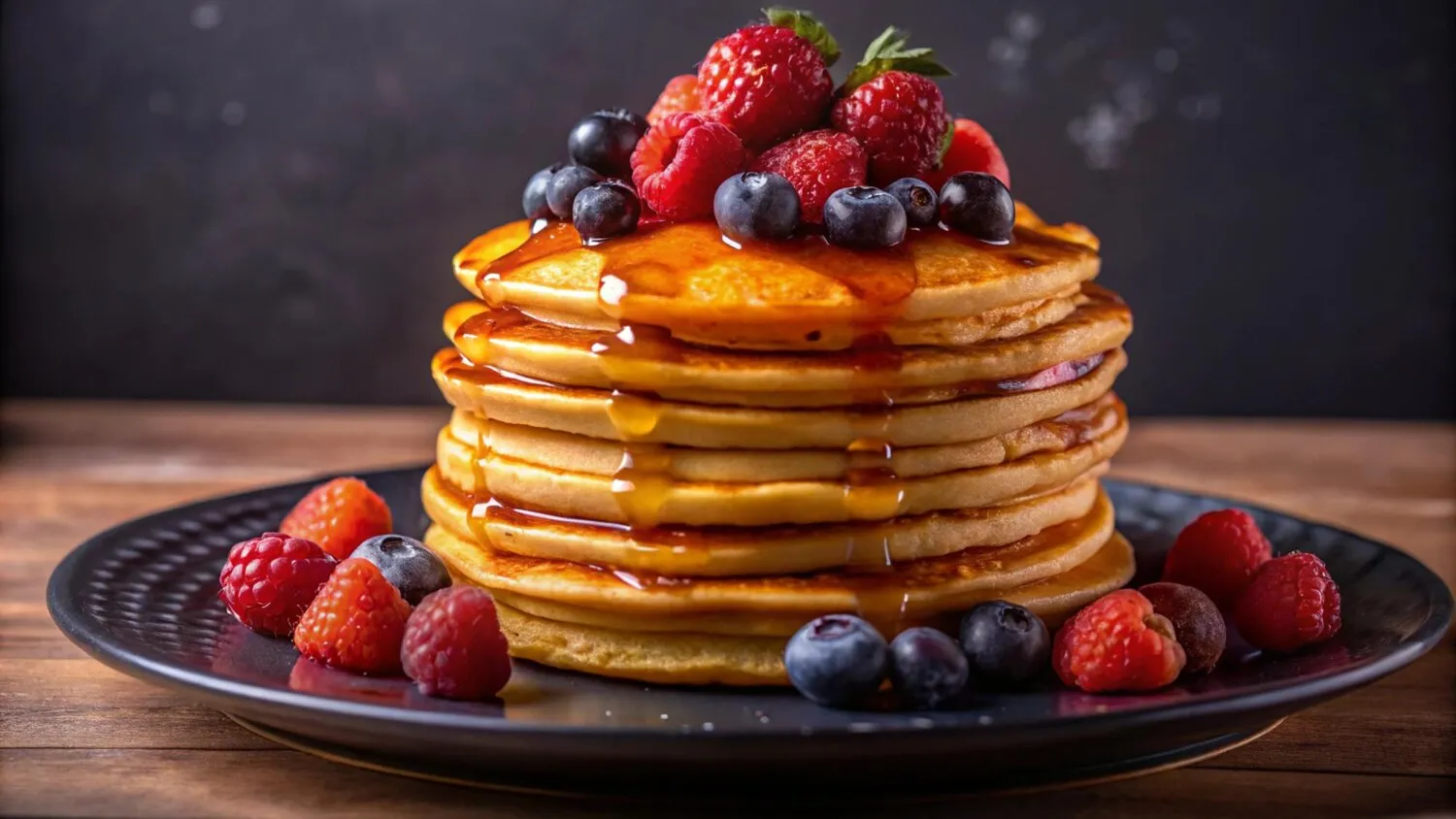
Cocada
Coconut sweet.
Nutrition Facts
* The % Daily Value (DV) tells you how much a nutrient in a serving of food contributes to a daily diet. 2,000 calories a day is used for general nutrition advice.
BATE DOCES DELIVERY
Cocada's history is intertwined with the transatlantic slave trade and Portuguese colonization of Brazil. Enslaved Africans in Brazil created the sweet from readily available ingredients like coconut and sugar, likely drawing inspiration from similar coconut-based sweets in their native lands. It became a popular treat sold by street vendors, often Afro-Brazilian women, becoming a significant part of Afro-Brazilian culinary heritage.
Cocada holds cultural significance in Brazil, representing a connection to Afro-Brazilian culinary traditions and often sold as a popular street food.
Street Food Tradition
Cocada is commonly sold by street vendors, particularly in coastal regions of Brazil. These vendors, sometimes called 'cocadeiras,' are a familiar sight and part of the vibrant street food culture.
Afro-Brazilian Heritage
The creation and popularization of Cocada are closely linked to the history and culinary contributions of enslaved Africans in Brazil, making it a dish with deep cultural roots.
Festivals and Celebrations
Cocada is often served during Brazilian festivals and celebrations, showcasing its role as a sweet treat enjoyed during special occasions.
Cocada is defined by its intense sweetness and prominent coconut flavor, often complemented by notes of vanilla or other additions depending on the variation.
The core flavor profile is dominated by the rich, sweet taste of coconut. The sweetness comes from sugar, typically granulated or brown sugar, and sometimes condensed milk is added for extra creaminess. Some variations include additions like passion fruit (maracujá), chocolate, doce de leite (caramel), or nuts to enhance the flavor and texture. A hint of vanilla extract is often used to round out the sweetness and add depth. The texture ranges from soft and chewy to crisp and caramelized depending on the cooking method.
Sugar Crystallization
Preventing excessive sugar crystallization is key. Adding a small amount of acid, like lemon juice or vinegar, can help control crystallization and create a smoother texture.
Coconut Freshness
Using fresh, high-quality coconut significantly impacts the flavor. If using shredded coconut, ensure it's not overly dry.
Cooking Time and Texture
The cooking time determines the cocada's texture. Shorter cooking times result in a softer, chewier cocada, while longer cooking times produce a firmer, more caramelized one. Constant stirring is important to prevent burning.
Explore additional Sweet food dishes and restaurants
Explore Sweet foodDiscover top dining spots and culinary experiences in Porto Belo.
Explore Porto BeloLearn more about the food culture, restaurant scene, and culinary heritage of Brazil.
Explore Brazil